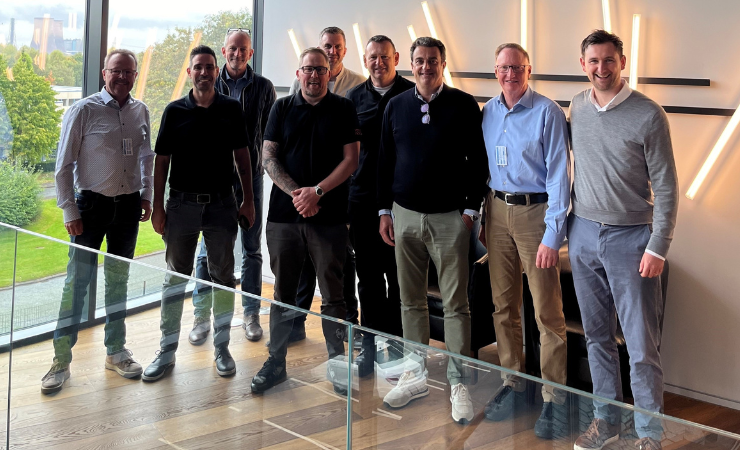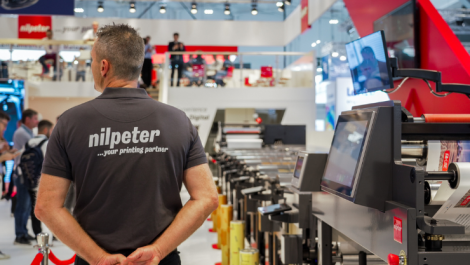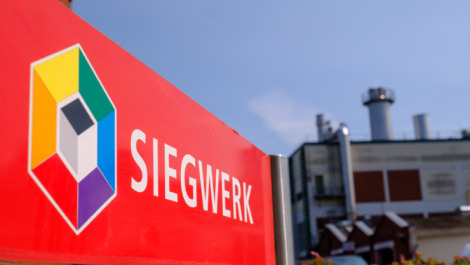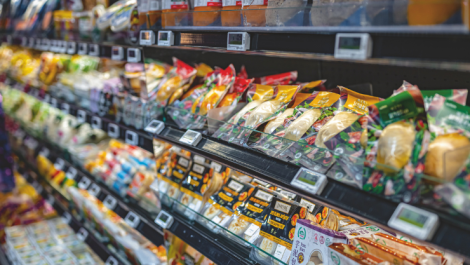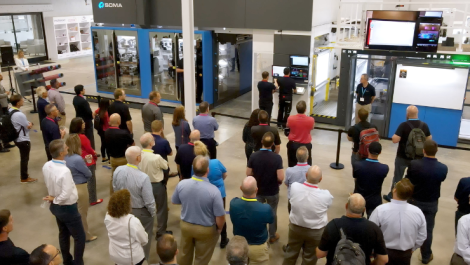A new strategic partnership between anilox manufacturer Sandon Global and prepress solutions provider XSYS is intended to help flexo printers producing flexible packaging to achieve higher opacity whites, at no additional cost.
The partnership follows a collaboration between the two companies in the lead-up to drupa 2024, seeking to deliver improved quality to bring operational, financial and sustainable benefits.
The companies said that in recent trials, Sandon’s High Volume Process (HVP) and Fluid FP anilox engravings combined with XSYS’ Woodpecker Nevis surface screening technology have demonstrated that the same quality opaque white coverage could be achieved using lower volume anilox. Reductions in ink consumption and cost, more efficient operation and increased printing speed also resulted.
HVP engraving enables printers to combine good solids and tonal areas on one plate, by combining high line counts and high volume through its unique cell design. Sandon said this contrasts with conventional 60° engravings that are only capable of offering either a high volume or a high line count but not both, without compromising the crucial release characteristics of the anilox.
Fluid FP is the evolution of Sandon’s HVP and IPRO engravings – a semi-channelled engraving that allows an easier and controlled flow of ink between cells while maintaining a strong element of volume control.
The trial set-up also included XSYS nyloflex FTV printing plates, which have inherent smooth flat top dots, processed on a ThermoFlexX TFxX 80D Imager in combination with Woodpecker Nevis surface screening and UV LED exposed on a Catena E80. This meant that the anilox volume could be reduced from 10.5cm3/m2 to 6.5cm3/m2, without compromising quality and opacity.
Paul Mitchell, regional sales manager for UK & Ireland at Sandon Global, commented, ‘White ink traditionally represents around 50% of a flexo printer’s ink spend and with converters under pressure to improve quality while minimising, or even reducing, costs, it made perfect sense for us to find a solution to address this challenge. With our support, printers can discover which anilox engraving is best suited for their needs, delivering high opacity whites and ensuring they can invest their time and money in efficiencies elsewhere.’
Stuart Robinson, technical account manager, XSYS, said, ‘Printers are under constant pressure to look at productivity gains and cost reductions in a more sustainable way while not compromising on quality. The Woodpecker Nevis surface patterns developed for our ThermoFlexX TFxX Imagers offer the printer an optimised white ink laydown and opacity.
He added that this result was being reconfirmed by customers in day to day printing operations, leading to white ink savings of up to 20%, as well as the possibility to change from a two hit to a one hit white design.
‘Due to the reduced white transfer, this solution combines savings in consumables and increased printing speed, leading to improved Overall Equipment effectiveness together with a reduction of Total Cost of Ownership.’



